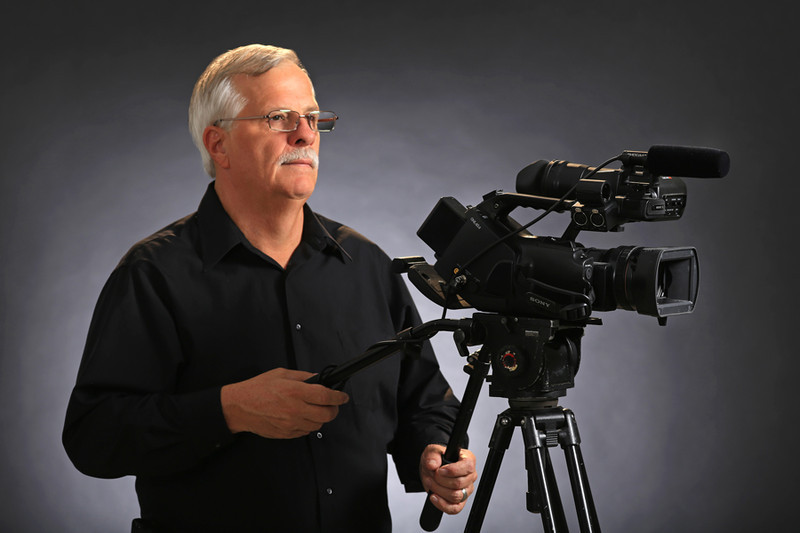The Duty of Legal Videography in Modern Legal Process
The Duty of Legal Videography in Modern Legal Process
Blog Article
Discovering the Vigor of Lawful Videography: a Comprehensive Understanding Into Its Performance in Protecting Accurate Visual Records for Legal Cases
Legal videography stands as a critical element in the world of lawful proceedings, offering as a silent yet effective onlooker in the search of justice. The application of video clip modern technology in documenting lawful instances goes past mere record-keeping; it envelops the very essence of events, emotions, and statements that unravel within courtrooms. By carefully recording aesthetic evidence, legal videography not only protects the precision of these minutes but additionally supplies a much deeper understanding of the intricacies involved. As we explore the performance and relevance of lawful videography in the context of legal situations, a profound understanding dawns upon the important function it plays in shaping the program of justice.
Importance of Legal Videography
Highlighting the critical role of lawful videography in modern-day legal proceedings, its value depends on its ability to provide irrefutable visual evidence that enhances the presentation of testaments and truths. By capturing online occasions, depositions, and witness testaments in a video style, legal videography ensures that every detail, subtlety, and expression is precisely protected for later evaluation. This visual paperwork acts as an effective device in courtrooms, enabling jurors and courts to better recognize the context of a situation and make informed choices based upon the here and now proof.
Moreover, legal videography contributes to enhanced transparency and responsibility in the lawful system. In essence, the importance of legal videography exists in its capability to copyright the honesty of the legal procedure by recording and maintaining precise aesthetic records that support the pursuit of justice.
Functionality in Legal Documents
Lawful videography's function in modern legal process expands past giving aesthetic evidence; its capability in lawful documentation is necessary for properly maintaining the details of statements and occasions. With the meticulous recording of depositions, court process, witness testimonies, and crime scene investigations, lawful videography ensures an unfiltered account of occasions that can be revisited and evaluated during the legal process. This accurate paperwork functions as an important resource for courts, judges, and attorneys to reference details minutes, body movement, faces, and subtleties that might not be fully captured in written records alone.
Furthermore, legal videography plays a crucial duty in preserving the integrity of legal process by reducing the risk of false impression or control of information. The visual records caught with legal videography offer an objective depiction of the realities offered throughout a situation, providing a thorough and trustworthy resource of evidence that can significantly influence the outcome of legal conflicts (Legal Videography). In essence, the functionality of lawful videography in legal paperwork acts as a foundation in maintaining transparency, precision, and fairness within the legal system
Importance in Visual Evidence Preservation
Maintaining visual evidence through careful recording strategies is a critical facet of legal videography. By properly recording these visuals, legal videographers play a critical duty in ensuring the honesty and credibility of evidence provided in court.
Aesthetic proof preservation additionally helps in stopping misconceptions or misconceptions that can occur from created or verbal testaments. The ability to see and hear occasions as they took place can considerably influence the outcome of an instance. Aesthetic proof can serve as an effective tool for both the prosecution and protection in providing their debates persuasively.
Role in Ensuring Justice
In the quest of reasonable and just lawful end results, the role of legal videography is crucial. Lawful videography plays a critical function in guaranteeing justice by supplying objective and precise aesthetic evidence that can significantly impact the end result of lawful instances. Unlike created records or statements, video recordings record the nuances of body language, faces, and tone of voice, using an extensive representation of events as they unravel. This visual evidence is especially useful in courtrooms, where it can aid support or test witness testimonies, reinforce disagreements, and ultimately contribute to the establishment of reality and justness.
Moreover, legal videography acts as a method of protecting important minutes and details that might be missed out on or misunderstood in written transcripts (Legal Videography). By documenting scenes, activities, and communications in real-time, legal videography aids prevent misstatements and makes sure that all parties included have access to the exact same details, promoting transparency and responsibility in the legal procedure. Eventually, making use of legal videography not only improves the performance of lawful proceedings however also maintains the concepts of justice and equity in the lawful system
Essential Tool for Legal Situations

Conclusion
In final thought, legal videography plays a crucial function in protecting accurate visual documents for legal situations. Its importance exists in its functionality in legal documents, value in visual proof conservation, and function in ensuring justice. As a crucial device for legal situations, lawful videography functions as an important resource for presenting aesthetic proof and contributing to the total integrity of the legal procedure.
Legal videography's duty in contemporary lawful proceedings extends beyond providing visual proof; its capability in lawful documentation is necessary for properly protecting the details of testaments and events. In significance, the functionality of legal videography in lawful paperwork serves as a cornerstone in promoting transparency, accuracy, and justness within the legal system.
Ultimately, the usage of legal videography not just enhances the efficiency of lawful procedures but also promotes the principles of justice and equity in the legal system.

As an essential tool for legal cases, legal videography serves as a useful resource for presenting visual evidence and adding to the overall stability of he said the lawful procedure.
Report this page